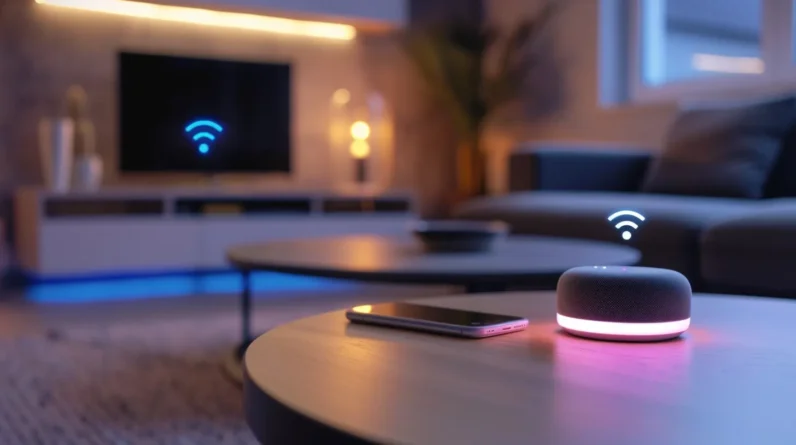
We must acknowledge the risks associated with smart home devices, as over 75% are vulnerable to security breaches. To protect our homes and data, we need to take proactive measures. We should start by securing our home network and router, implementing device-specific security measures, and regularly monitoring and updating our devices. We must also prioritize password management and enable two-factor authentication. By taking these steps, we can considerably reduce the risk of security breaches and protect our smart homes – but there’s more to explore to guarantee thorough security.
Understanding Smart Home Device Vulnerabilities
To what extent are we aware of the vulnerabilities that threaten our smart home devices? Conducting regular security assessments is essential to identifying potential weaknesses in our devices. We must be aware of device exploitation methods, such as buffer overflows and SQL injections, which can compromise our devices. Vulnerabilities in device firmware, APIs, and communication protocols can also lead to unauthorized access. By understanding these vulnerabilities, we can take proactive measures to mitigate them, such as patching firmware, using secure protocols, and implementing robust passwords. Only then can we guarantee the security of our smart home devices.
Securing Your Home Network and Router
We’ve established the importance of understanding smart home device vulnerabilities, but protecting these devices is only half the battle. To secure our home network and router, we must take a thorough approach. Implementing network segmentation helps prevent the spread of malware and unauthorized access by dividing our network into isolated zones. We should also prioritize updating our router firmware regularly to patch security vulnerabilities and guarantee we have the latest security features. By taking these measures, we can greatly reduce the risk of our home network and router being compromised, thereby protecting our smart home devices and personal data.
Implementing Device-Specific Security Measures
As we secure our home network and router, implementing device-specific security measures becomes the next critical step in protecting our smart home devices. We must verify that each device is properly configured and secured to prevent unauthorized access.
Key measures include:
– Enabling device encryption to protect data transmitted and stored on the device
– Regularly installing firmware updates to patch security vulnerabilities and fix bugs
– Disabling or limiting device features that are not necessary for our use case, reducing the attack surface and minimizing potential entry points for hackers.
Monitoring and Updating Your Smart Home Devices
While implementing device-specific security measures is an essential step in securing our smart home devices, our work doesn’t stop there. We must also prioritize device monitoring to detect potential security breaches and address vulnerabilities promptly. Regular firmware updates are vital, as they often patch security flaws and enhance device functionality. We should enable automatic updates whenever possible and verify update installation on devices that don’t support automation. By staying vigilant and proactive with device monitoring and firmware updates, we can greatly enhance the security posture of our smart home devices and protect our personal data.
Protecting Your Smart Home With Password Management
Implementing robust password management practices is our next line of defense in securing our smart home devices. We must guarantee that our passwords are strong and unique for each device.
Here’s how we can achieve this:
– Use a password manager to generate and store complex passwords, confirming password complexity and uniqueness.
– Enable two-factor authentication (2FA) for device authentication, adding an extra layer of security.
– Regularly update and rotate passwords to prevent unauthorized access and maintain the security of our smart home devices. By following these best practices, we can considerably reduce the risk of a security breach.
Conclusion
We’ve secured our smart homes, but the work doesn’t stop there. Just as a single open window can compromise an otherwise secure house, one vulnerable device can put our entire network at risk. Recall the 2016 Mirai botnet attack that compromised 100,000 IoT devices. To avoid being part of the next big breach, we must commit to ongoing vigilance, regularly updating devices, and safeguarding our networks. Our smart homes’ security is only as strong as its weakest link.







